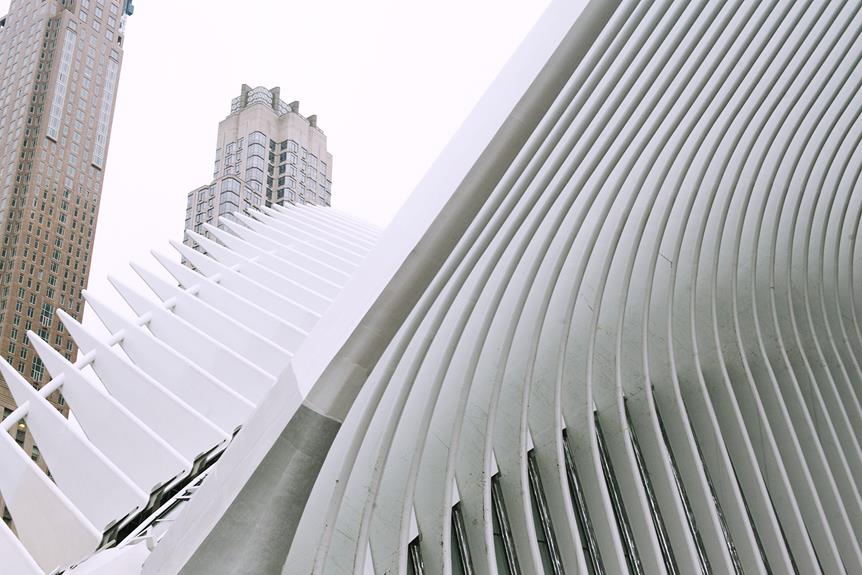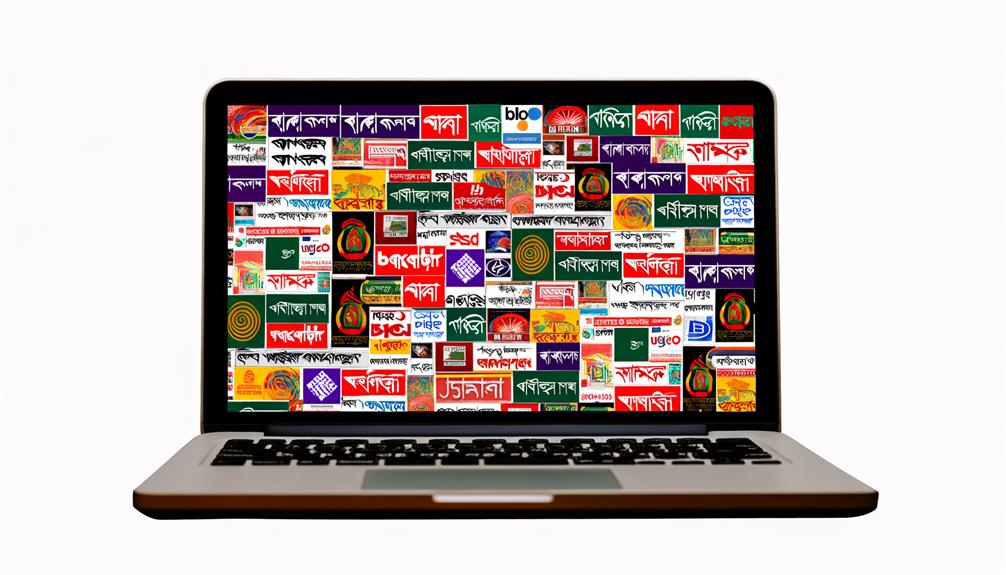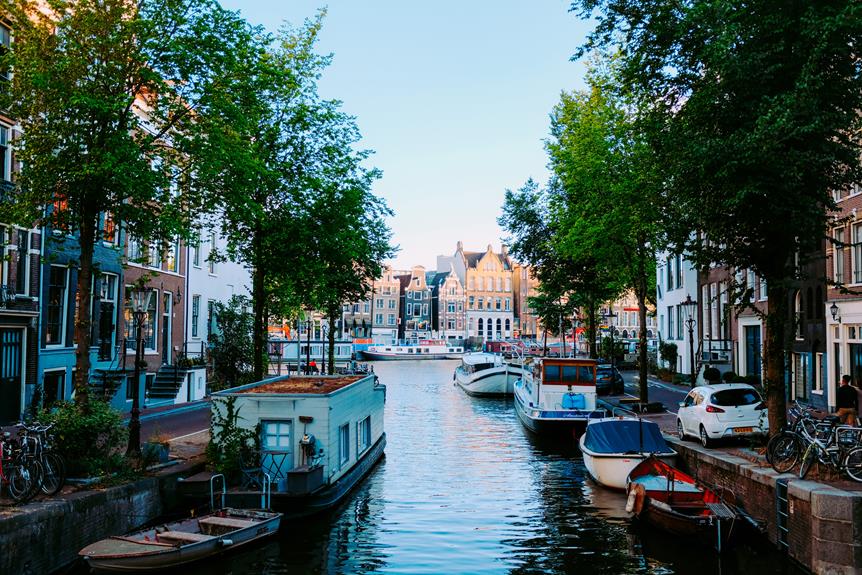Nestled in the captivating landscapes of Bangladesh, Moulvibazar District stands as a testament to the harmonious blend of tea, heritage, and natural beauty. As the district unfolds before your eyes, you will be transported to a world where time seems to stand still, where each step unravels a tapestry of captivating tales and breathtaking vistas. But beyond its surface allure, Moulvibazar holds secrets waiting to be discovered, secrets that reveal the true essence of this haven. So, step into this realm of wonder and allow yourself to be enchanted by the allure of Moulvibazar District.
Geographical Highlights
Moulvibazar district in Bangladesh boasts a captivating landscape characterized by its hilly terrain, lush tea gardens, and breathtaking natural beauty. Located in the northeastern part of the country, Moulvibazar shares its geographical location with the Indian state of Assam to the north. With a total area of 2,799 square kilometers, the district is home to a population of over 2 million people, according to the Bangladesh Population and Housing Census 2011. The majority of the population practices Islam, followed by Hindus and Christians. Moulvibazar has a literacy rate of 75.7% and a household size of 4.8. With its picturesque scenery and a diverse population, Moulvibazar district offers a unique blend of culture and natural beauty.
Historical Significance
With its captivating landscape and rich cultural heritage, Moulvibazar district in Bangladesh holds significant historical importance that adds to its allure. The district has been influenced by various dynasties, including the Ahom and British. Evidence of an ancient university can be found in Moulvibazar, indicating the presence of a thriving educational and intellectual center in ancient times. The district was once part of the ancient kingdom of Kamrupa, and its history dates back to ancient times. Inhabited by Buddhists and Hindus, Moulvibazar has preserved its cultural heritage through festivals and traditions. Copper plates dating back to 930 AD have been discovered in various locations, further showcasing the historical significance of the district. Moulvibazar's historical past adds depth and intrigue to its already captivating landscape.
Cultural Diversity
Cultural diversity in Moulvibazar district enriches the tapestry of its heritage and fosters a vibrant and inclusive community. The district is home to a variety of ethnic communities, each with its own unique traditions and cultural festivals. These communities, including the Bengali, Manipuri, and Khasi, contribute to the rich cultural fabric of Moulvibazar. The Bengali community, being the majority, celebrates various festivals such as Pahela Baishakh (Bengali New Year) and Eid-ul-Fitr. The Manipuri community showcases their distinct dance forms, music, and festivals like Ras Leela and Raas Purnima. The Khasi community, on the other hand, celebrates their traditional festivals like Shad Suk Mynsiem and Ka Pom-Blang Nongkrem. These cultural festivals not only provide a platform for the ethnic communities to showcase their heritage but also promote cultural exchange and understanding among the residents of Moulvibazar.
Thriving Tea Industry
The tea industry in Moulvibazar district thrives as a significant contributor to the local economy and a symbol of its rich agricultural heritage. Here are three reasons why the tea industry in Moulvibazar is flourishing:
- Abundant Tea Gardens: Moulvibazar is home to a vast expanse of tea gardens, boasting 91 out of the 153 tea gardens in Bangladesh. These picturesque tea gardens not only enhance the natural beauty of the district but also provide the perfect environment for tea production.
- High-Quality Tea Production: Moulvibazar is renowned for producing high-quality tea. The favorable climate, fertile soil, and skilled tea growers contribute to the exceptional taste and aroma of the tea produced in this region. The district takes pride in its ability to consistently deliver tea of superior quality to both domestic and international markets.
- Economic Impact: The tea industry plays a crucial role in the local economy, providing employment opportunities to a significant number of people in the district. It contributes to the overall economic growth of Moulvibazar and helps improve the standard of living for many residents.
The thriving tea industry in Moulvibazar district not only sustains the local economy but also showcases the district's agricultural heritage and natural beauty.
Economic Contributions
The robust tea industry in Moulvibazar district not only contributes significantly to the local economy but also brings forth a range of other economic contributions that are instrumental in the district's growth and development. Tea exports play a vital role in the economic landscape of Moulvibazar, generating foreign exchange earnings and contributing to the country's overall export revenue. In addition to tea, agricultural development in the district has also made substantial contributions to the economy. The fertile land and favorable climate of Moulvibazar have allowed for the cultivation of various crops such as bamboo, pineapple, jackfruit, and rubber, which not only meet the domestic demand but also contribute to the export market. These economic activities have not only provided employment opportunities for the local population but also attracted investments and boosted trade and commerce, making Moulvibazar a key economic hub in the region.
Religious and Spiritual Centers
Religion and spirituality thrive in Moulvibazar district, where a diverse array of religious and spiritual centers cater to the spiritual needs of its inhabitants and visitors alike. Here are three notable aspects of religious and spiritual life in Moulvibazar:
1) Sufi saints: Moulvibazar has long been associated with Sufi saints who preached and spread the message of Islam. The dargahs (shrines) of these saints attract devotees from all over the country. These sacred places serve as centers of spiritual contemplation and offer solace to those seeking divine guidance.
2) Religious festivals: Moulvibazar district is known for its vibrant religious festivals. The annual Urs (death anniversary) celebrations of Sufi saints are marked by processions, prayers, and cultural performances. Hindu festivals like Durga Puja and Kali Puja are also celebrated with great enthusiasm, showcasing the district's religious diversity.
3) Spiritual retreats: Moulvibazar is home to various spiritual retreats where people can engage in meditation, reflection, and religious teachings. These centers provide a tranquil environment for individuals to reconnect with their inner selves and seek spiritual enlightenment.
Tourist Attractions
Moulvibazar district, with its rich religious and spiritual heritage, also offers a wealth of tourist attractions that showcase the natural beauty and cultural richness of the region. Adventure sports enthusiasts can explore the rugged terrain and indulge in activities like hiking, trekking, and paragliding. The district is also a haven for nature lovers, with attractions such as Madhabkunda waterfall and Lawachara National Park, known for its diverse flora and fauna. In addition to its natural wonders, Moulvibazar is a paradise for food lovers. Visitors can savor the local cuisine, which includes mouthwatering dishes like pitha, shorshe ilish, and shatkora curry. From thrilling outdoor activities to delectable culinary experiences, Moulvibazar district has something to offer for every traveler.
Natural Wonders
Nestled in the heart of Bangladesh, Moulvibazar district boasts an array of breathtaking natural wonders that will captivate the senses and leave visitors in awe. Here are three notable natural attractions that make this district a haven for nature lovers:
- Lawachara National Park: This wildlife sanctuary is a haven for unique flora and fauna. Located in the northeastern part of the district, it is home to the endangered Hoolock gibbons and various species of birds. Visitors can explore the lush green forests, trek through scenic trails, and witness the beauty of nature up close.
- Madhabkunda Waterfall: Situated in Barlekha, Madhabkunda is the highest waterfall in Bangladesh. Surrounded by dense forests, it cascades down from a height of 200 feet, creating a mesmerizing spectacle. The area around the waterfall is also a popular picnic spot for locals and tourists alike.
- Hakaluki Haor: This vast wetland ecosystem is a sanctuary for migratory birds and a paradise for birdwatchers. Spread over an area of 18,000 hectares, Hakaluki Haor is home to numerous species of water birds, including the globally threatened Baer's Pochard. Visitors can explore the serene surroundings by boat and witness the rich biodiversity that thrives in this unique habitat.
With its diverse natural wonders, Moulvibazar district offers a unique opportunity to immerse oneself in the beauty of Bangladesh's flora and fauna.
Literary and Artistic Heritage
Steeped in a rich literary and artistic heritage, Moulvibazar district is a treasure trove of cultural expressions that have shaped the region's identity. The district has a long history of artistic traditions, with local artisans showcasing their skills in various forms of art, including pottery, woodwork, and weaving. Moulvibazar has also been a hub for literary festivals, attracting renowned writers and poets from Bangladesh and beyond. These festivals provide a platform for artists to share their work, engage in discussions, and inspire the next generation of creative minds. The district's commitment to preserving its cultural heritage is evident in the numerous museums and art galleries that showcase the works of local artists and writers. Through these endeavors, Moulvibazar continues to celebrate and nurture its artistic and literary traditions, ensuring their longevity for future generations to appreciate and explore.
| Artistic Traditions | Literary Festivals |
|---|---|
| Pottery | Moulvibazar Literary Festival |
| Woodwork | Srimangal Book Fair |
| Weaving | Sylhet Literature Festival |
| Painting | Moulvibazar Art Festival |
Media and Publications
With a vibrant cultural scene and a commitment to preserving its heritage, Moulvibazar district has also fostered a thriving media and publications industry. The district is home to a number of community newspapers that play a crucial role in keeping the local population informed about events, news, and issues that are relevant to their lives. These newspapers provide a platform for local voices to be heard and for the community to come together. Additionally, Moulvibazar district hosts literary festivals that celebrate the rich literary traditions of the region. These festivals bring together authors, poets, and literary enthusiasts from all over the country, creating a space for intellectual exchange and the promotion of literature. The media and publications industry in Moulvibazar district is a testament to the district's commitment to fostering a vibrant cultural scene and preserving its heritage.
Frequently Asked Questions
What Is the Average Annual Rainfall in Moulvibazar District?
The average annual rainfall in Moulvibazar district is an important aspect of its climate conditions, which greatly influences the agricultural practices in the region. With its lush tea gardens and diverse agricultural sector, Moulvibazar relies heavily on rainfall for irrigation and crop growth. The district receives a significant amount of rainfall each year, contributing to the rich biodiversity and natural beauty that make it a haven for tea cultivation and heritage preservation.
Are There Any Endangered Species Found in Lawachara National Park?
Lawachara National Park, located in Moulvibazar district, is home to a diverse range of flora and fauna. The park is known for its conservation efforts to protect endangered species. It provides a unique opportunity for ecotourism, allowing visitors to witness the beauty of nature and learn about the importance of wildlife preservation. Lawachara National Park plays a crucial role in safeguarding the biodiversity of the region and contributes to the overall charm of Moulvibazar district.
How Many Tea Estates Are Open for Public Visits in Moulvibazar?
There are several tea estates in Moulvibazar that are open for public visits, offering tourists a unique opportunity to experience the beauty and charm of tea cultivation up close. These estates provide guided tours, allowing visitors to learn about the tea production process, explore the lush green gardens, and even participate in tea tasting sessions. Additionally, Moulvibazar is known for its vibrant cultural festivals, which showcase the district's rich heritage and traditions, making it a must-visit destination for tea enthusiasts and cultural enthusiasts alike.
Which Ancient Dynasties Ruled Over Moulvibazar?
Moulvibazar District has been ruled by various ancient dynasties, which have left a significant impact on its history and heritage. The district was part of the ancient kingdom of Kamrupa and has been influenced by dynasties like the Ahom and British. It is inhabited by Buddhists and Hindus, with evidence of ancient universities and cultural festivals that have preserved its rich cultural heritage. Moulvibazar is a treasure trove of historical and cultural significance, attracting visitors from all over the world.
What Is the Traditional Dance Form of Moulvibazar District?
The traditional dance form of Moulvibazar district is known as "Jhumur." It is a vibrant and energetic dance performed by both men and women during cultural festivals and special occasions. Jhumur is characterized by rhythmic movements, graceful gestures, and colorful costumes. The dance reflects the rich cultural heritage of the region and is often accompanied by live music and singing. It is a captivating display of the artistic and cultural traditions of Moulvibazar.





